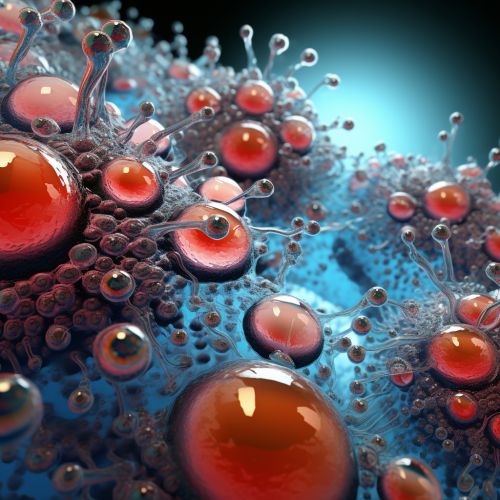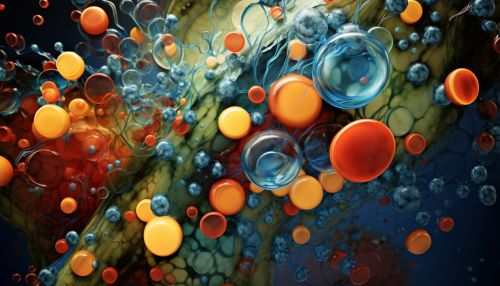Antioxidant defense systems
Introduction
The antioxidant defense systems are a group of mechanisms developed by the body to protect against damage caused by reactive oxygen species (ROS) and reactive nitrogen species (RNS). These systems are composed of various enzymes and non-enzymatic antioxidants that work together to neutralize harmful free radicals and prevent oxidative stress.


Reactive Oxygen Species and Reactive Nitrogen Species
Reactive Oxygen Species (ROS) and Reactive Nitrogen Species (RNS) are chemically reactive molecules containing oxygen and nitrogen, respectively. They are produced as byproducts of normal cellular metabolism and play crucial roles in cell signaling and homeostasis. However, when their levels exceed the body's antioxidant capacity, they can cause oxidative stress, leading to cell damage and various diseases.
Antioxidant Enzymes
The body's primary defense against ROS and RNS is a group of antioxidant enzymes, including superoxide dismutase (SOD), catalase (CAT), and glutathione peroxidase (GPx). These enzymes catalyze reactions that neutralize free radicals and convert them into less reactive species.
Superoxide Dismutase
Superoxide dismutase is an enzyme that catalyzes the dismutation of the superoxide radical into either ordinary molecular oxygen (O2) or hydrogen peroxide (H2O2). There are three types of SOD in humans: SOD1, SOD2, and SOD3.
Catalase
Catalase is an enzyme found in nearly all living organisms exposed to oxygen. It catalyzes the decomposition of hydrogen peroxide to water and oxygen, thereby preventing the formation of hydroxyl radicals, the most damaging species of ROS.
Glutathione Peroxidase
Glutathione peroxidase is an enzyme family with peroxidase activity, which plays a key role in protecting the organism from oxidative damage. It reduces lipid hydroperoxides to their corresponding alcohols and reduces free hydrogen peroxide to water.
Non-Enzymatic Antioxidants
In addition to antioxidant enzymes, the body also utilizes non-enzymatic antioxidants as part of its defense system. These include vitamin C, vitamin E, glutathione, and beta-carotene, among others. These antioxidants work by donating an electron to free radicals, neutralizing them and preventing them from causing cellular damage.
Oxidative Stress and Diseases
When the balance between the production of ROS/RNS and the body's antioxidant defense is disrupted, it results in a state known as oxidative stress. This can lead to damage to cellular components such as proteins, lipids, and DNA, contributing to the aging process and the development of a wide range of diseases, including cancer, cardiovascular disease, Alzheimer's disease, and Parkinson's disease.
Conclusion
The antioxidant defense systems play a crucial role in maintaining the body's redox balance and preventing oxidative stress. Understanding these systems and how they can be influenced by diet and lifestyle can provide strategies for preventing and treating a wide range of diseases.
